With the increasing popularity of bubble tea, Millennials and Gen Zs are all too familiar with the various types of Chinese teas. Can you at least list 5 types of Chinese teas? Pretty sure that was a no-brainer for you, bubble tea connoisseur or not.
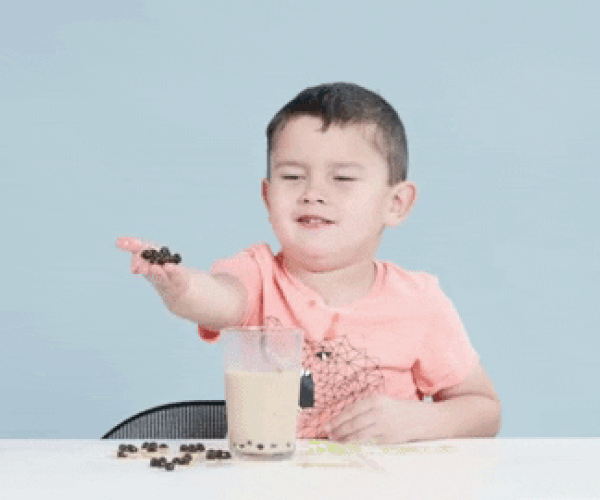
Source: Giphy
Nonetheless, Chinese tea ceremonies are a whole different ball game altogether. Fret not because, by the end of this article, you’ll be enlightened!

The History of Chinese Wedding Tea Ceremony
The Chinese wedding tea ceremony, also known as 敬茶 (jìng chá) which translates to “to respectfully offer tea”, continues to be an integral part of both modern and traditional Chinese weddings today. The earliest record of tea ceremonies was during the marriage of Princess Wencheng and Songtsän Gampo, a Tibetan emperor. This was also marked as a monumental moment in the Tang Dynasty (618 – 907 AD).
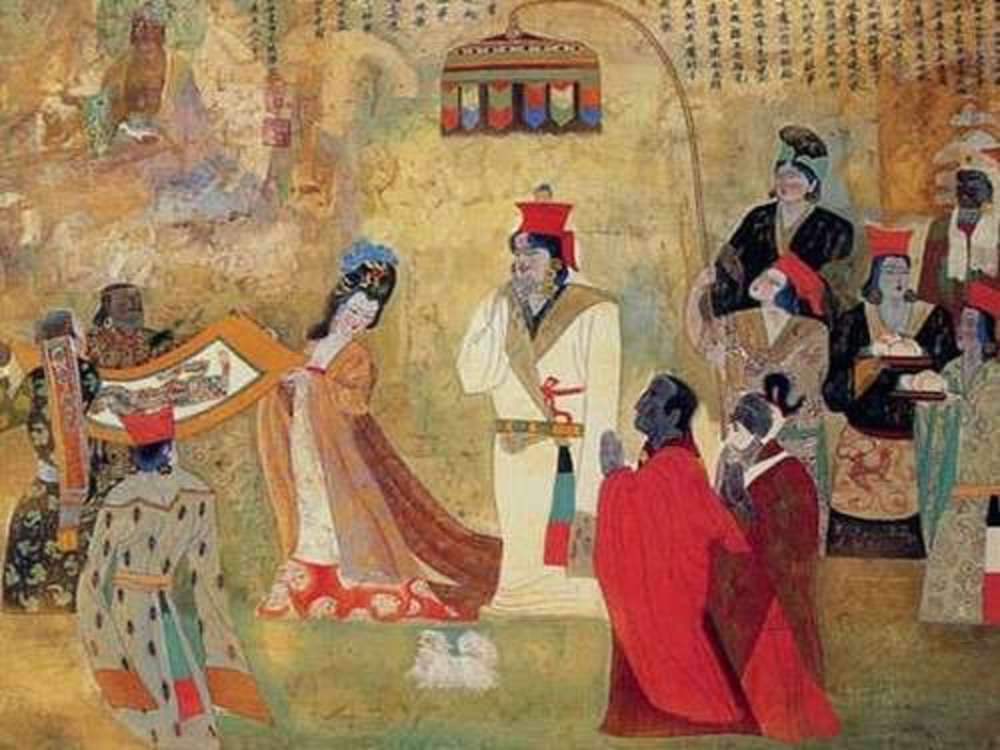
Source: Top China Travel
Princess Wencheng had indicated tea to be a part of her dowry list and ever since, tea ceremonies were included in Chinese marriages. Talk about being a trendsetter! Psst, this wasn’t the only contribution Princess Wencheng made; she also introduced advanced planting technology and Han culture to Tibet.
In addition to its historical significance, the practice of serving tea holds cultural nuances. Unlike Japanese tea ceremonies, where tea is prepared and served as a form of hospitality towards guests, Chinese tea ceremonies are held during weddings as a formal introduction of the bride and groom.
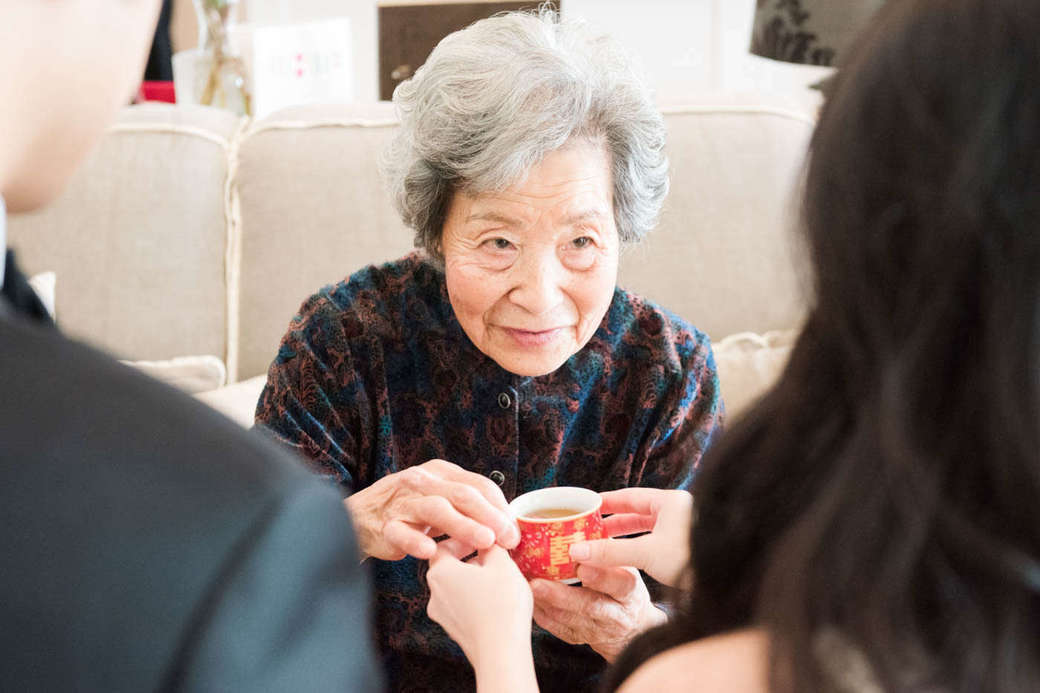
Source: Studio Impressions
The act of serving tea demonstrates filial piety and respect towards the bride and groom’s parents. As parents of the newly wedded couple accept the serving of tea, it symbolises the acceptance of the bride and groom into their new families. The tea itself symbolises purity and nobility while the stability of the tea symbolises faithful love.
Doesn’t this sound poetic?
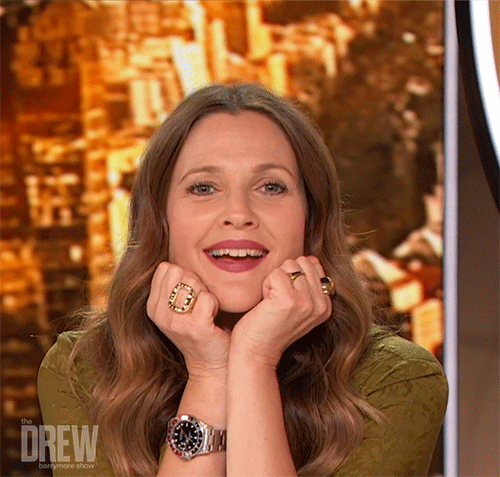
Source: Giphy
Well, if history isn’t your cup of tea, the next part might interest you! Here’s everything you need to know about Chinese tea ceremonies to get you going!
Gaiwan 盖碗
Gaiwan (gài-wǎn) directly translates to “lidded bowl”—a feature which distinguishes itself from other teaware. Gaiwan consists of 3 distinct parts: a lid, bowl and saucer. Oh yes, there are no handles! As one of the most well-known teacups in its teaware family, it is no surprise that there are various types of Gaiwans, ranging from porcelain, ceramic, clay to bone china.
Regardless, there is only one candidate who is truly worthy of holding such an honour in tea ceremonies—a Red Gaiwan.
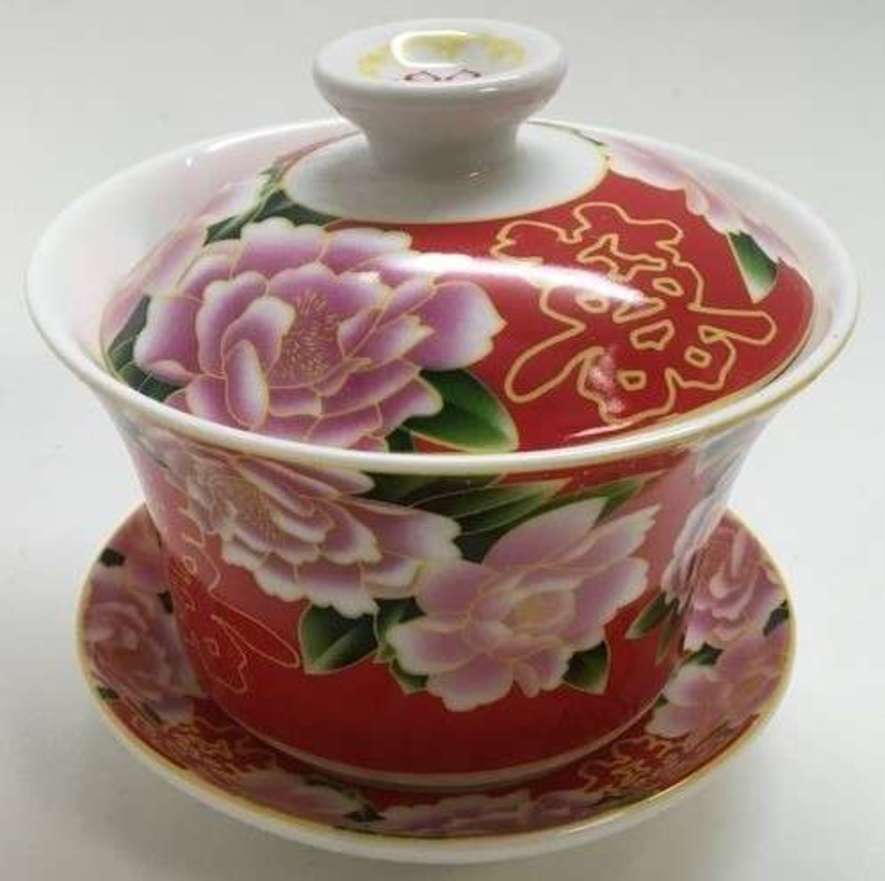 Source: Music City Tea
Source: Music City Tea
In Chinese culture, Red symbolises celebration and fertility - which explains the common use of red in traditional Chinese weddings. Spoiler alert: Not all Red Gaiwans are suitable for a Wedding Tea Ceremony. Steer clear of Gaiwans with the character “寿” as it represents longevity, a common blessing for those who are in their sunset years. You wouldn’t want to be mistaken as an elderly now, would you? Don’t worry, you can never go wrong with a double happiness character “囍” plastered onto the Gaiwan.
Tea Pairings
In traditional Chinese tea ceremonies, ingredients such as lotus seeds, red dates, longans and peanuts were used as tea pairings. Some tea pairings serve a practical purpose of sweetening the tea, while others are incorporated as a form of blessing for the newlyweds.
According to China Highlights, there are 4 types of tea pairings.
1. Red Dates 红枣 (Hóng Zǎo)
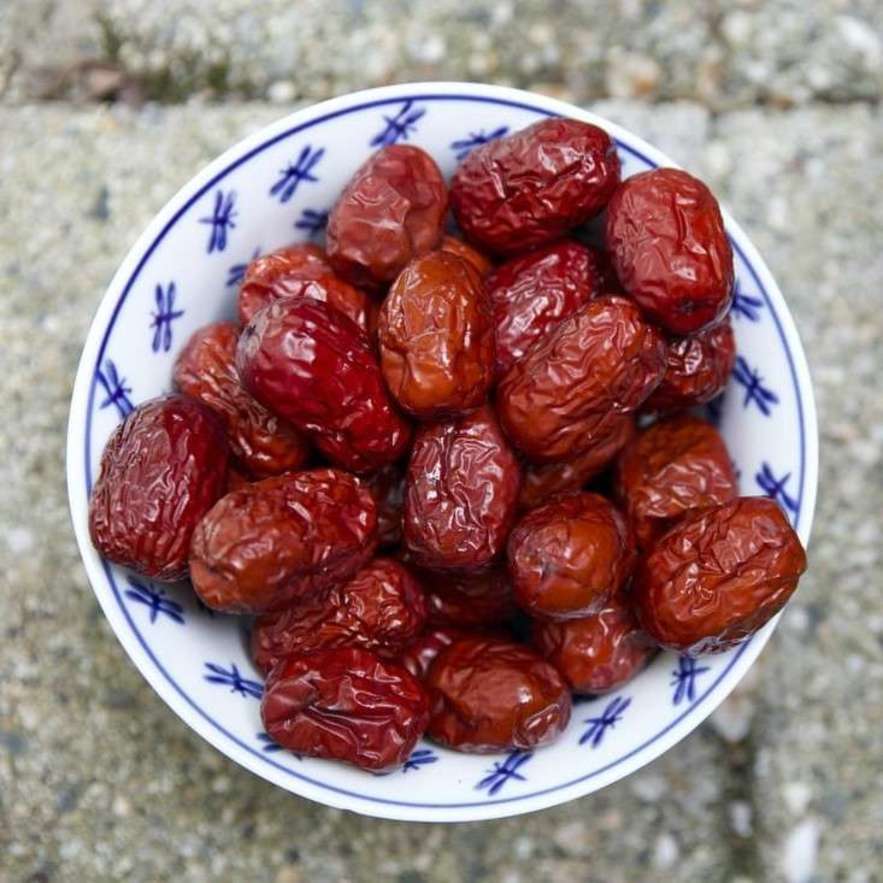
Red dates are one of the customary ingredients paired with tea as it is known for its sweetness. Red dates represent the ever-lasting sweetness of the newlywed’s marriage and a congenial relationship between the couple and their families.
Secondly, 枣 (zǎo), also known as “dates”, has a similar pronunciation as 早 (zǎo) which means “soon”. “How does this relate to the wedding at all?” you might ask. Well, stay tuned for the big reveal!
2. Peanuts 花生 (Huā Shēng)
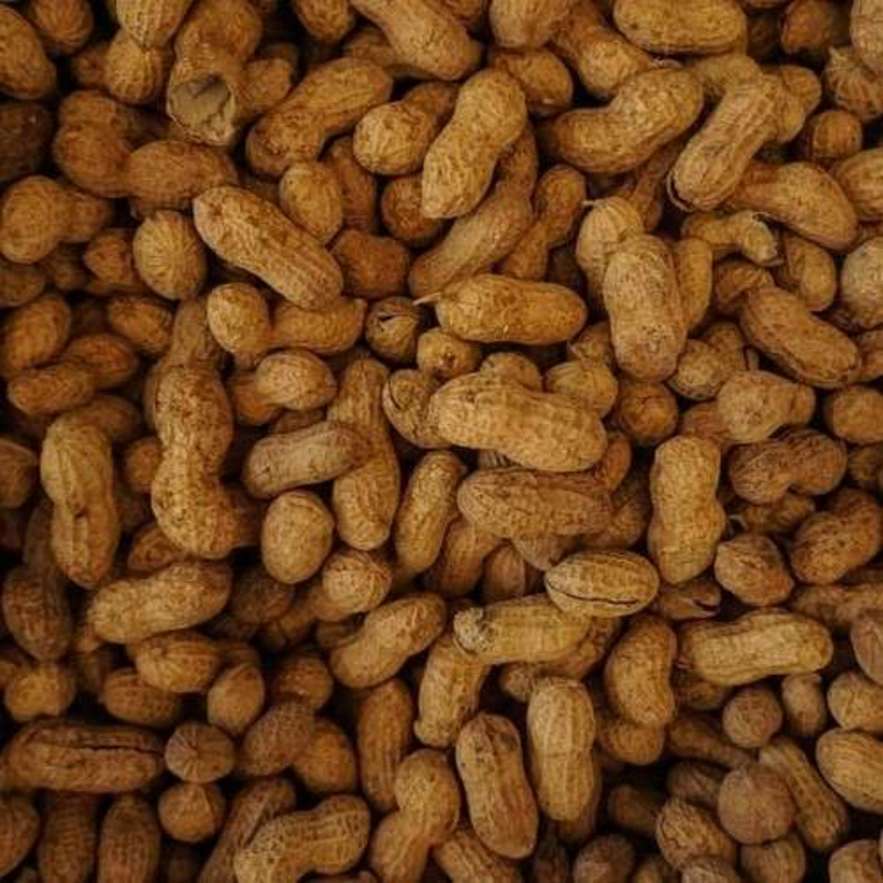
Typically accompanied with tea, as a light snack, the character “生” translates to “birth”.
3. Longans 桂圆 (Guì Yuán)
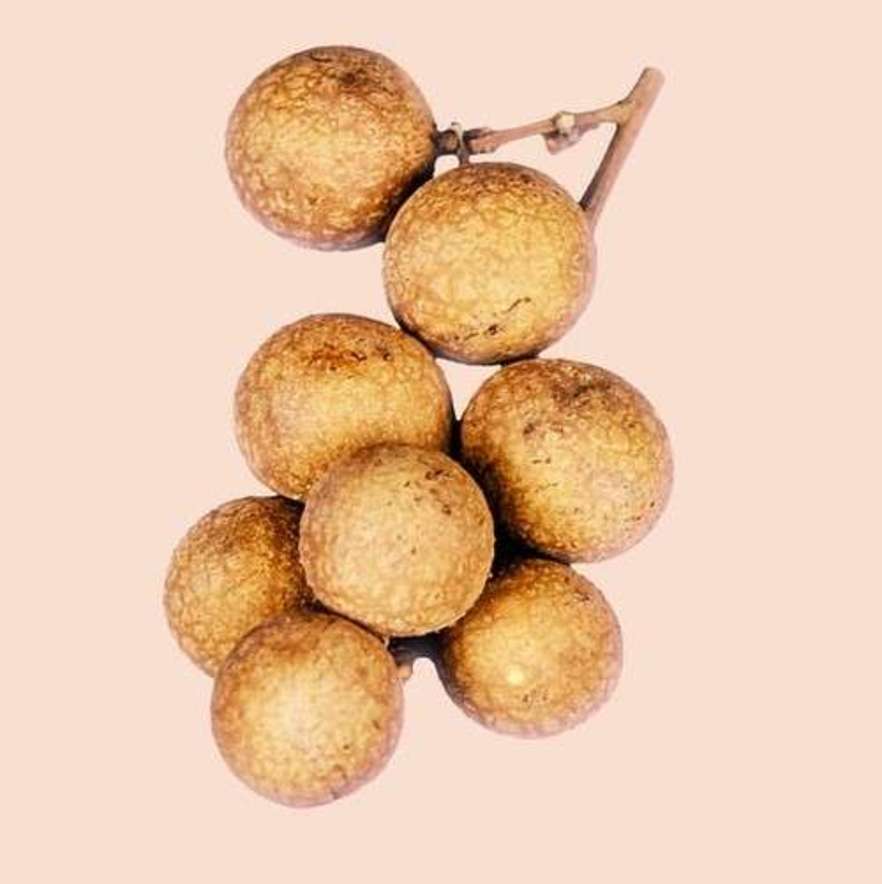
Similar to red dates, longans are incorporated as a sweetener and has a meaningful symbolism tied to it. “桂” has an uncanny resemblance to the Chinese character “贵” (guì). On the other hand, “圆” means round and whole.
4. Lotus Seeds 莲子 (Lián Zǐ)
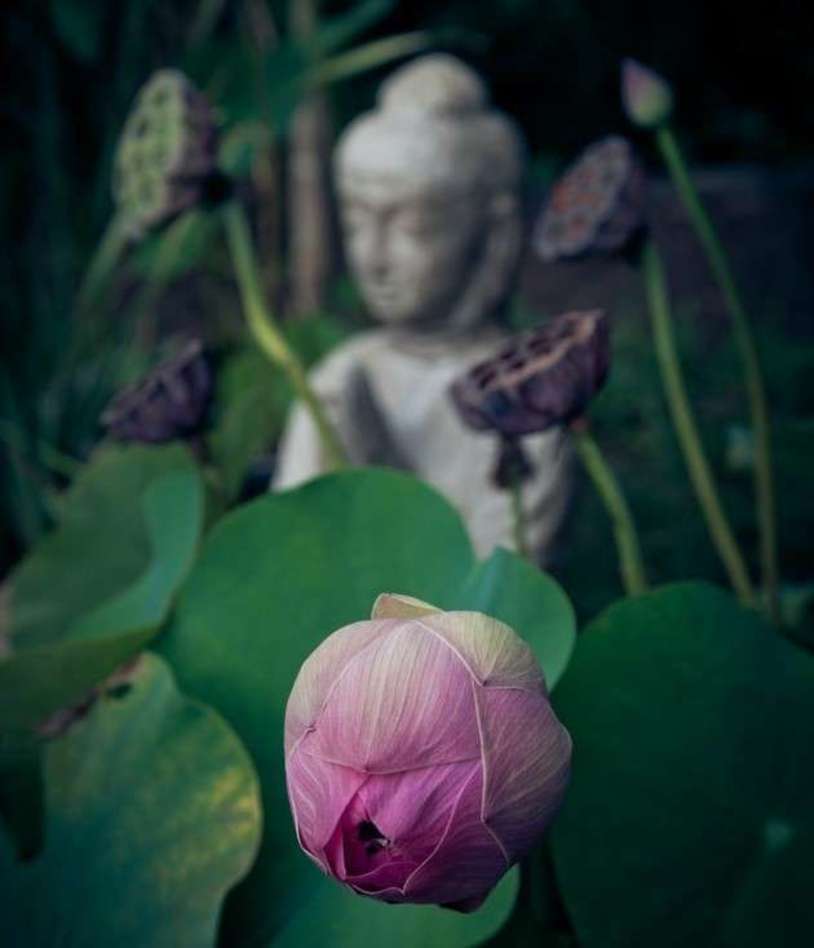
Lotuses are a symbolism of holiness and purity as the Chinese believe that lotus flowers grow beautifully untainted from the mud. In Buddhism, it is also used to signify the holy seat of the Buddha, bringing about the idea of purity and holiness. “莲” resembles “连” in terms of pronunciation, which means “to succeed”. In addition, “子” refers to children.
If you haven’t figured it out by now, these ingredients form the phase “早生贵子”.
This phase bestows the blessing of “having children as soon as possible” upon the couple. “早生贵子”, a reiterated blessing in many Chinese marriages, is deeply entrenched in Chinese culture as in the past, majority of the Chinese population were farmers in rural areas. This meant that getting married and bearing children was equivalent to getting additional hands on deck, especially with tedious farm work.
Just imagine it as our modern-day family-owned businesses but make it country.

Tea Ceremony Process
Two tea ceremonies are to be held, the first at the groom’s house and the second at the bride’s house. The tea should be served, by the couple, to the elders in the family while the couple is being served by their younger siblings in the family. Tea is expected to be served according to seniority and to male relatives first, followed by female relatives.
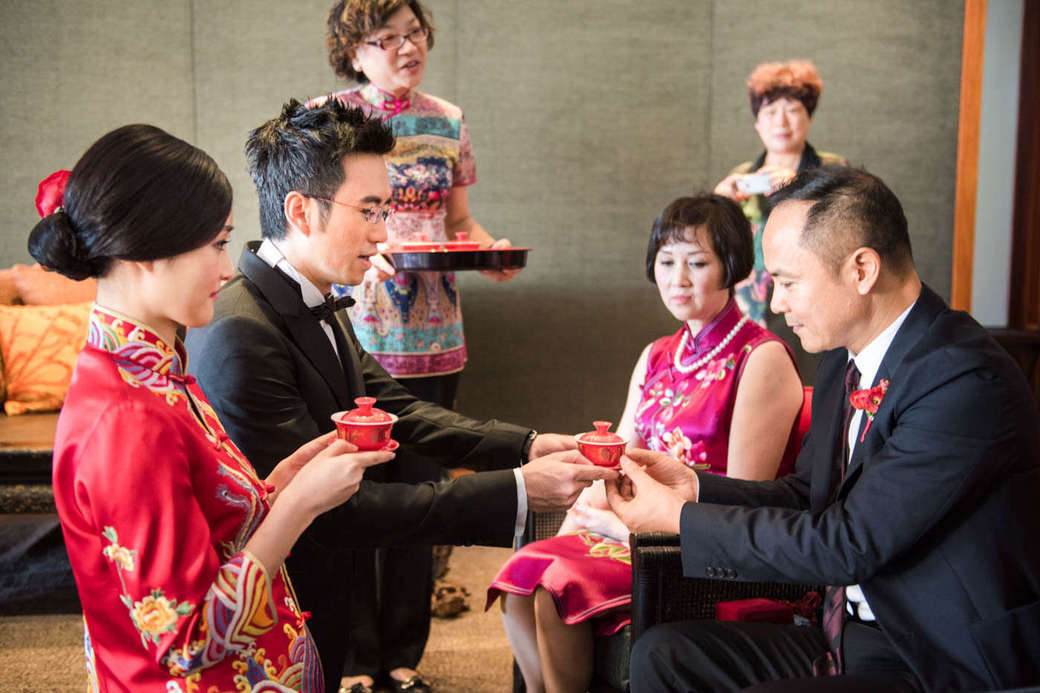
Source: Studio Impressions
A suggested order in which the tea can be served is:
- Grandparents
- Parents (order is interchangeable with serving grandparents)
- Uncles/Aunties
- Elder siblings
- Elder cousins (if present)
- Younger siblings
- Nephews/nieces
Now that you’ve learnt the basics of a Chinese Wedding Tea Ceremony, congratulations you are ready for a traditional Chinese tea ceremony!

Source: Giphy
However, if your thirst for knowledge hasn’t been quenched, why not learn more about Chinese tea appreciation with your partner at our Romantic Tea Appreciation workshop here!
• • •

At Culturally, we offer customised hands-on cultural experiences for you and your loved ones to enjoy and have fun whilst learning about other cultures!